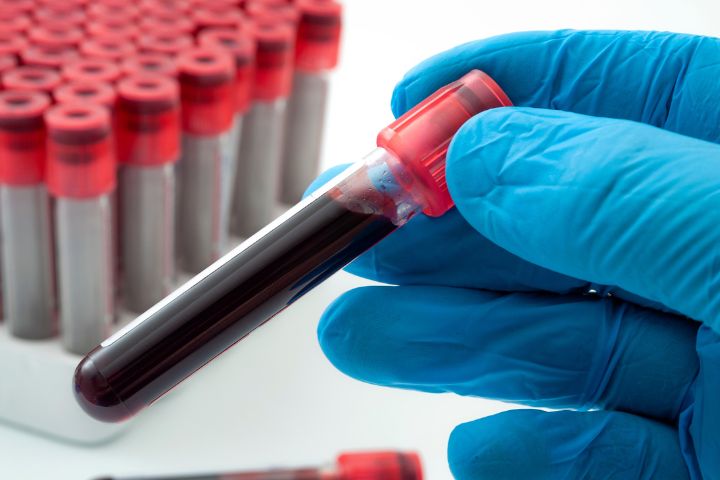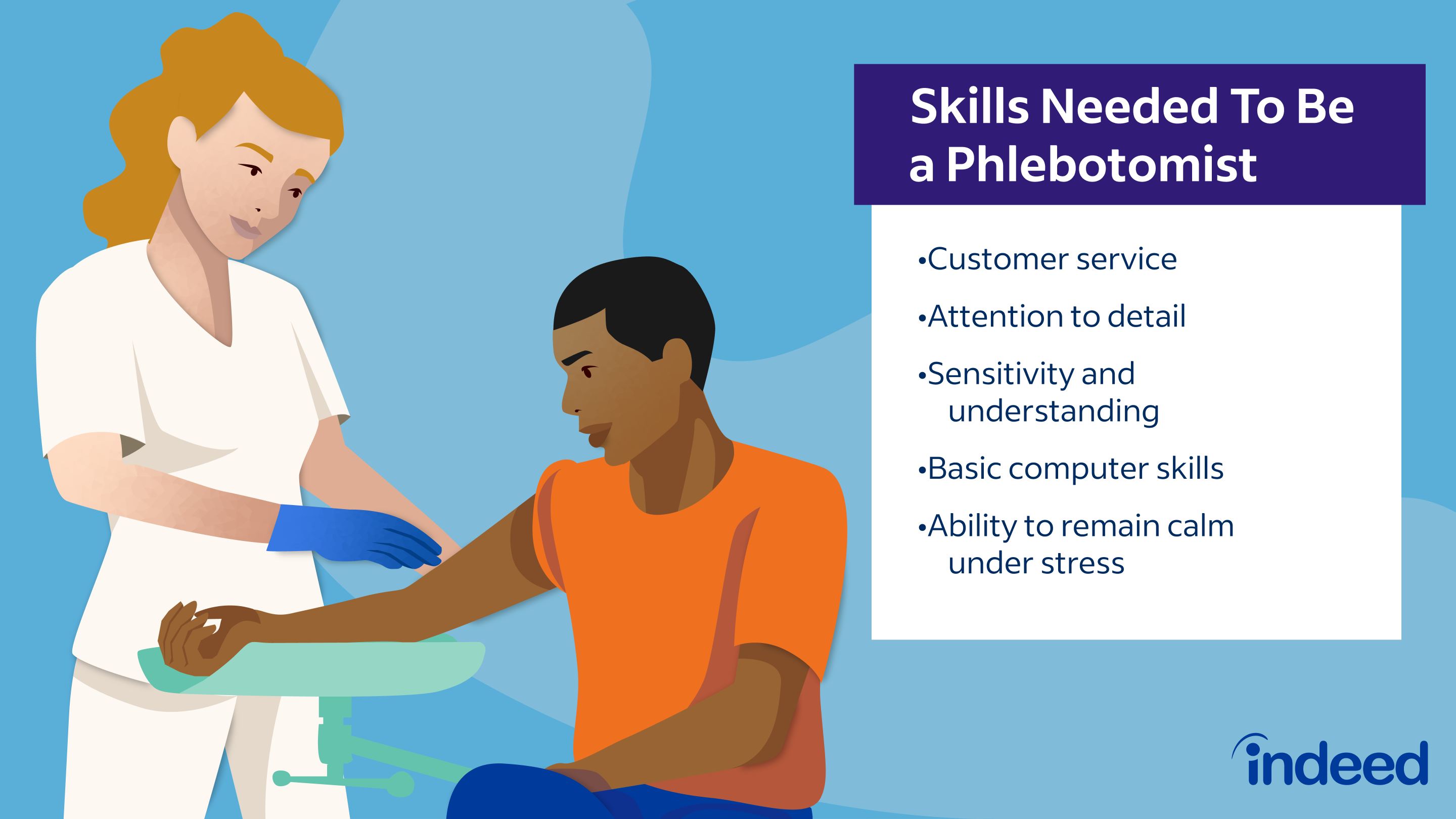Our Northeast Medical Institute - New Haven Campus Phlebotomy Course & Cna Class Statements
Our Northeast Medical Institute - New Haven Campus Phlebotomy Course & Cna Class Statements
Blog Article
What Does Northeast Medical Institute - New Haven Campus Phlebotomy Course & Cna Class Mean?
Table of ContentsNortheast Medical Institute - New Haven Campus Phlebotomy Course & Cna Class Fundamentals ExplainedUnknown Facts About Northeast Medical Institute - New Haven Campus Phlebotomy Course & Cna ClassUnknown Facts About Northeast Medical Institute - New Haven Campus Phlebotomy Course & Cna ClassThe Greatest Guide To Northeast Medical Institute - New Haven Campus Phlebotomy Course & Cna ClassThe Ultimate Guide To Northeast Medical Institute - New Haven Campus Phlebotomy Course & Cna ClassThe 3-Minute Rule for Northeast Medical Institute - New Haven Campus Phlebotomy Course & Cna Class
The use of such tools need to be come with by other infection prevention and control techniques, and training in their usage.For setups with low resources, cost is a motoring variable in procurement of safety-engineered devices - CNA Training. Where safety-engineered devices are not readily available, knowledgeable usage of a needle and syringe serves. Unintended direct exposure and certain information concerning an occurrence need to be videotaped in a register. Support solutions must be promoted for those who undertake unexpected direct exposure.
Among the vital pens of quality of care in phlebotomy is the involvement and participation of the patient; this is mutually valuable to both the health employee and the individual. Clear information either written or verbal must be readily available to each client who goes through phlebotomy. Annex F gives example message for clarifying the blood-sampling treatment to a patient. In the blood-sampling room for an outpatient division or facility, supply a comfy reclining couch with an arm rest.
7 Easy Facts About Northeast Medical Institute - New Haven Campus Phlebotomy Course & Cna Class Shown
Make sure that the indications for blood tasting are plainly defined, either in a created protocol or in recorded instructions (e.g. in a research laboratory form). Gather all the equipment needed for the treatment and place it within risk-free and very easy reach on a tray or trolley, making certain that all the things are plainly visible.
Present yourself to the person, and ask the person to mention their complete name. Check that the lab kind matches the patient's identity (i.e. match the patient's details with the laboratory form, to make sure exact recognition).
Make the individual comfy in a supine placement (if feasible). Area a tidy paper or towel under the individual's arm. Discuss the examination to be executed (see Annex F) and get spoken permission. The client has a right to decline a test at any type of time before the blood sampling, so it is important to ensure that the patient has actually recognized the treatment.
The Buzz on Northeast Medical Institute - New Haven Campus Phlebotomy Course & Cna Class
Expand the client's arm and evaluate the antecubital fossa or lower arm. Situate a vein of a great dimension that shows up, straight and clear. The layout in Area 2.3, shows common settings of the vessels, however lots of variants are feasible. The median cubital blood vessel lies in between muscle mass and is normally one of the most very easy to puncture.
DO NOT place the needle where capillaries are drawing away, since this boosts the possibility of a haematoma. The capillary must show up without using the tourniquet. Situating the blood vessel will help in figuring out the proper dimension of needle. Use the tourniquet about 45 finger sizes over the venepuncture website and re-examine the vein.
Specimens from main lines carry a threat of contamination or erroneous lab test results. It is appropriate, but not excellent, to draw blood click here for more info samplings when first introducing an in-dwelling venous tool, prior to connecting the cannula to the intravenous liquids.
The Northeast Medical Institute - New Haven Campus Phlebotomy Course & Cna Class Diaries
Failing to enable enough contact time raises the threat of contamination. DO NOT touch the cleansed site; in particular, DO NOT position a finger over the blood vessel to assist the shaft of the exposed needle.
Ask the patient to develop a clenched fist so the blood vessels are a lot more noticeable. Enter the blood vessel swiftly at a 30 level angle or much less, and remain to present the needle along the capillary at the easiest angle of access - PCT Courses. When sufficient blood has actually been accumulated, release the tourniquet BEFORE taking out the needle
See This Report about Northeast Medical Institute - New Haven Campus Phlebotomy Course & Cna Class
Take out the needle delicately and apply mild pressure to the site with a clean gauze or dry cotton-wool sphere. Ask the client to hold the gauze or cotton woollen in location, with the arm extended and increased. Ask the client NOT to flex the arm, since doing so causes a haematoma.

The 10-Minute Rule for Northeast Medical Institute - New Haven Campus Phlebotomy Course & Cna Class
Do not press the syringe plunger due to the fact that extra stress increases the threat of haemolysis. Where possible, keep televisions in a shelf and move the rack in the direction of you. Inject downwards into the proper coloured stopper. DO NOT get rid of the stopper due to the fact that it will certainly launch the vacuum cleaner. If the example tube does not have a rubber stopper, inject exceptionally gradually right into television as reducing the pressure and velocity made use of to transfer the sampling minimizes the threat of haemolysis.

Report this page